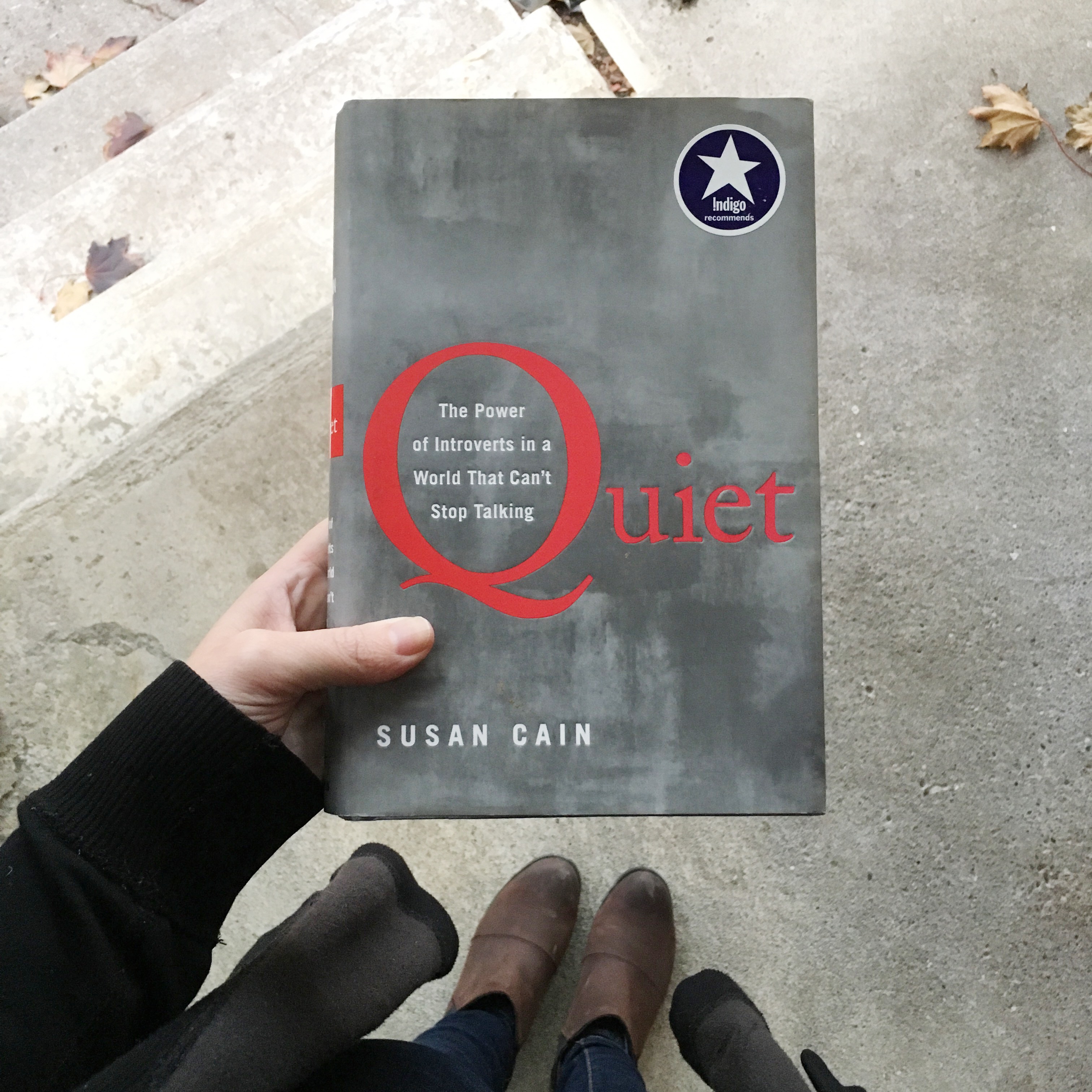My How Might We question has already been through a few iterations this year, but I kind of feel like that’s how I know I’m doing it right.
I knew that I wanted to explore social justice education in FSL. I took a few courses about this topic earlier this year, and I know this is an area of interest to my students. It feels right to find classroom opportunities to weave language learning and social justice together where I can. To that end, my first question was “How might we encourage students to see language learning as the ability to communicate with someone with respect and cultural understanding?”
After our second Face to Face session with Cohort 21, I realized I needed to narrow my focus. I loved my question; however, I knew it was a huge one. This fall, I have had quite a few students come out as non-binary, gender-fluid, or trans, and it has become urgent that I learn alongside my students to help them talk about themselves and show them that there is room for them in a gendered language. My second attempt at a question was How might we amplify the theme of identity in the FSL classroom to support LGBTQ+ students as they talk about themselves and to make connections with others in order for everyone to feel seen and valued?
I then decided it was too wordy, and my current iteration (and I think my last) is, How might we amplify the theme of identity in the FSL classroom to support LGBTQ+ students as they talk about themselves in order for everyone to feel seen and valued?
I have found Twitter to be a great resource to help guide me with this learning. Dr. Kris Knisley is doing excellent work in this area and has many resources to share on their website.
I also want to be sure to talk to my students, if they are willing to share. I want to know what questions they have, what feels important to them to learn, and later on, what was helpful and what was missing.
Two of my next steps are to read over this blog post, Gender-Inclusive Language in the French Classroom: How it Looks in 2021, and to explore this Padlet on Gender inclusive language in the languages classroom.
This year, I intentionally introduced the pronoun iel to my students, and some of them have been using it in class already, which is so encouraging to see. It fuels me to keep going, so that they know there is a place in French for them.
Jenn











